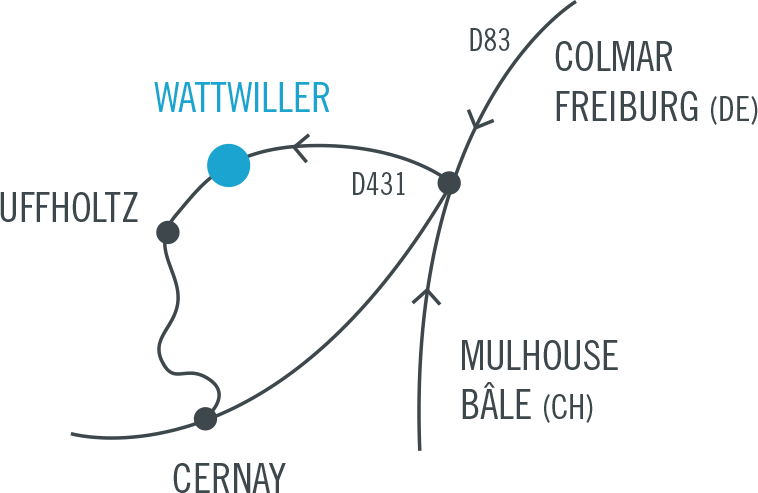The central zone of Chile has been experiencing a severe drought in recent years, creating water shortages in a region where the main economic activity is agriculture. Last winter (2014), a Chilean government report stated that water resources were less than 50% of normal rainfall in one year. This means that the water available for agriculture was in a critical situation, mainly due to climate change. For companies, this means less production and therefore less export of their products, while for normal people, the sign of climate change is above all the blue sky.
Last winter, instead of having the cloudy days that are characteristic of the region, the sky was deep blue, normally associated with warm weather (even if the temperature was normal for winter) and gradually taking on a deeper meaning: the colour of the missing water. The paradox between these two blues is that they can be taken as a representation of the sky and not as the lack of an element.
D / H is the search for something that is not visible and yet there, although we are not able to realize it. It is the recognition of a change that happens before our eyes, becoming less and less important, seeming to be something invisible until it totally disappears and becomes imperceptible. The transformation of the image can be compared to a leakage of memory (like the leakage of water itself). This image can be reproduced through correlation and process connection. Except that in the end we don’t get the same thing. It’s like a phase that is constantly evolving, a process of waiting for the next step. It’s an image that doesn’t keep its shape from the beginning. It is a colour “gradation”, from apparent nothingness to memory that must be kept for the future, because the subject of the image will no longer exist.
